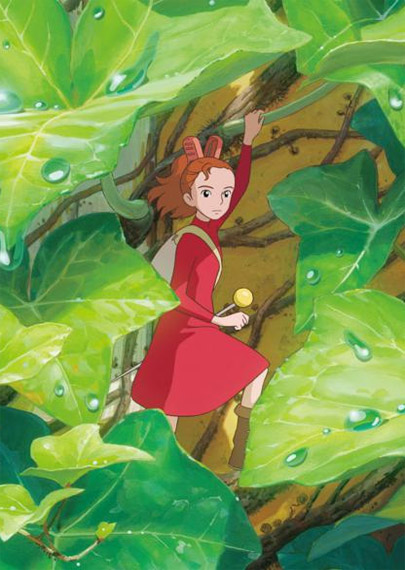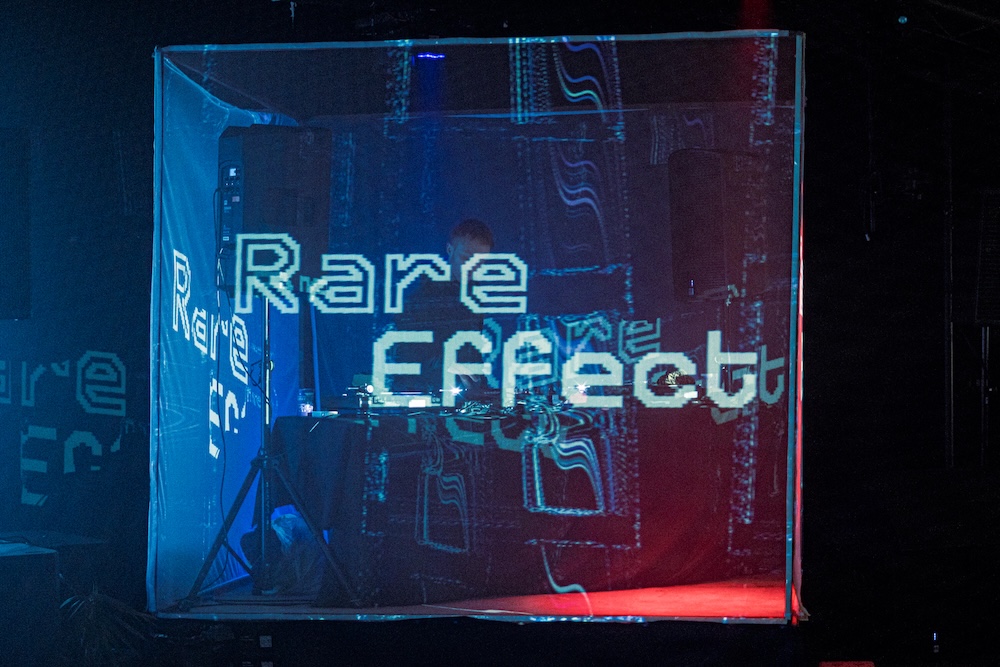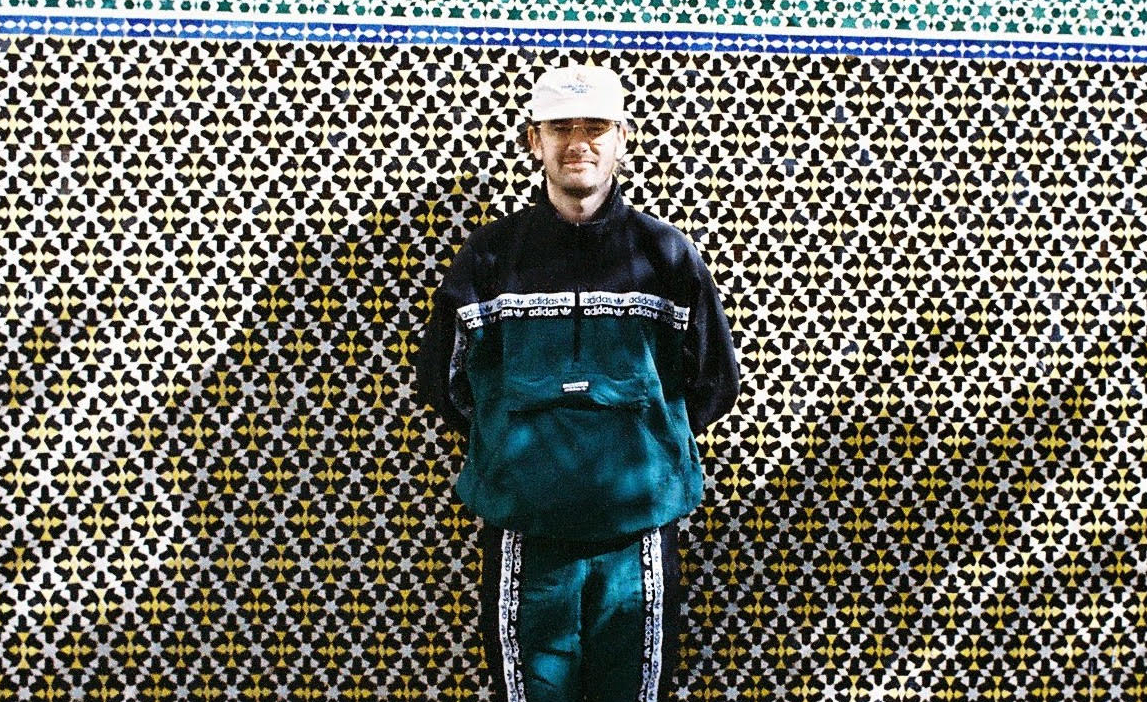Arrietty

There is so much to admire about Studio Ghibli movies, especially those directed by Hayao Miyazaki. They are beautifully animated, directed and choreographed, feature girls and young women as their heroes, and are the kind of films that you want your children to like. But even though this ticks all those boxes, it is some way short of being a perfect film.
First of all, the story. For those who know The Borrowers by Mary Norton (first published nearly 60 years ago), you can look away for a few moments. For the rest, it’s a children’s book about a family of very small people, Pod, Homily and Arrietty (father, mother and daughter) who live under the floorboards of a house. They survive by scavenging forgotten objects – those things that disappear and you can never find. Anyway, Arrietty is The Borrowers under another name.
The tension in the book, as in the film, is that the Borrowers must avoid being seen by the Big People (that’s you and me), and if they are spotted, they have to go and find somewhere else to live. The film sticks very closely to the original narrative, whereby Arrietty befriends the boy who lives with an elderly relative and a servant, while recovering from illness; this friendship causes Pod and Homily a lot of anxiety, but it is through the boy’s friendship that they are saved from the servant’s attempts to destroy them. Some minor details are altered, such as the age of the boy, adjusted (from 10) to being the same as Arrietty, and implying a kind of teenage romance between them (though obviously size difference makes this impractical).
And so to my quibbles. First, there is the music. I don’t know if what we hear in the westernised version (which includes English actors) is original or not, but either way, it’s excruciating. The whole film is marinated in a kind of sub-Celtic Irish whimsy with pipes and strings trilling away like a Chieftains tribute band in a themed pub. This creates an unnecessarily bland atmosphere, when what the film needs most is a bit more edge. As I say, the whole thing is exquisitely drawn, but the element of danger is pitched at a very low threshold, apart from the comedy servant who calls in the pest control firm. Whereas, what I loved about Spirited Away was the sense of a truly dark and mysterious world where anything could happen. In recent years with films like this and Ponyo, Miyazaki and his gang seem to have become environmentally aware, and therefore have a target audience of a 5 year old who is just being introduced to the idea that not everything human beings do is great.
There is a corresponding lack of humour, which was one of the things I loved about Porco Rosso (an earlier Ghibli film). Both Arrietty and the boy have big goo goo eyes, with which they look at the world and at each other, and since they are surrounded by such a gorgeously drawn universe, who can blame them? But it would still be nice to include a little silliness and absurdity to go with the po-faced quality of the narrative.
None of this is to detract from the sublime nature of the animation, and the care that has gone into the detail not only of the mise en scene (what you see in the background), but also of specific sequences, such as when Pod takes Arrietty borrowing for the first time. I was enraptured by this and much else. But I was also, if I’m honest, somewhat bored at times, as the film trundled along in a predictably straightforward manner, with neither peril on one side, nor magical danger on the other. Do see it, but there are other Ghibli films I like more.
6/10


















Must Reads
David Holmes – Humanity As An Act Of Resistance in three chapters
As a nation, the Irish have always had a profound relationship with the people of Palestine
Rotterdam – A City which Bounces Back
The Dutch city is in a state of constant revival
Going Remote.
Home swapping as a lifestyle choice
Trending track
Vels d’Èter
Glass Isle
Shop NowDreaming
Timothy Clerkin
Shop Now